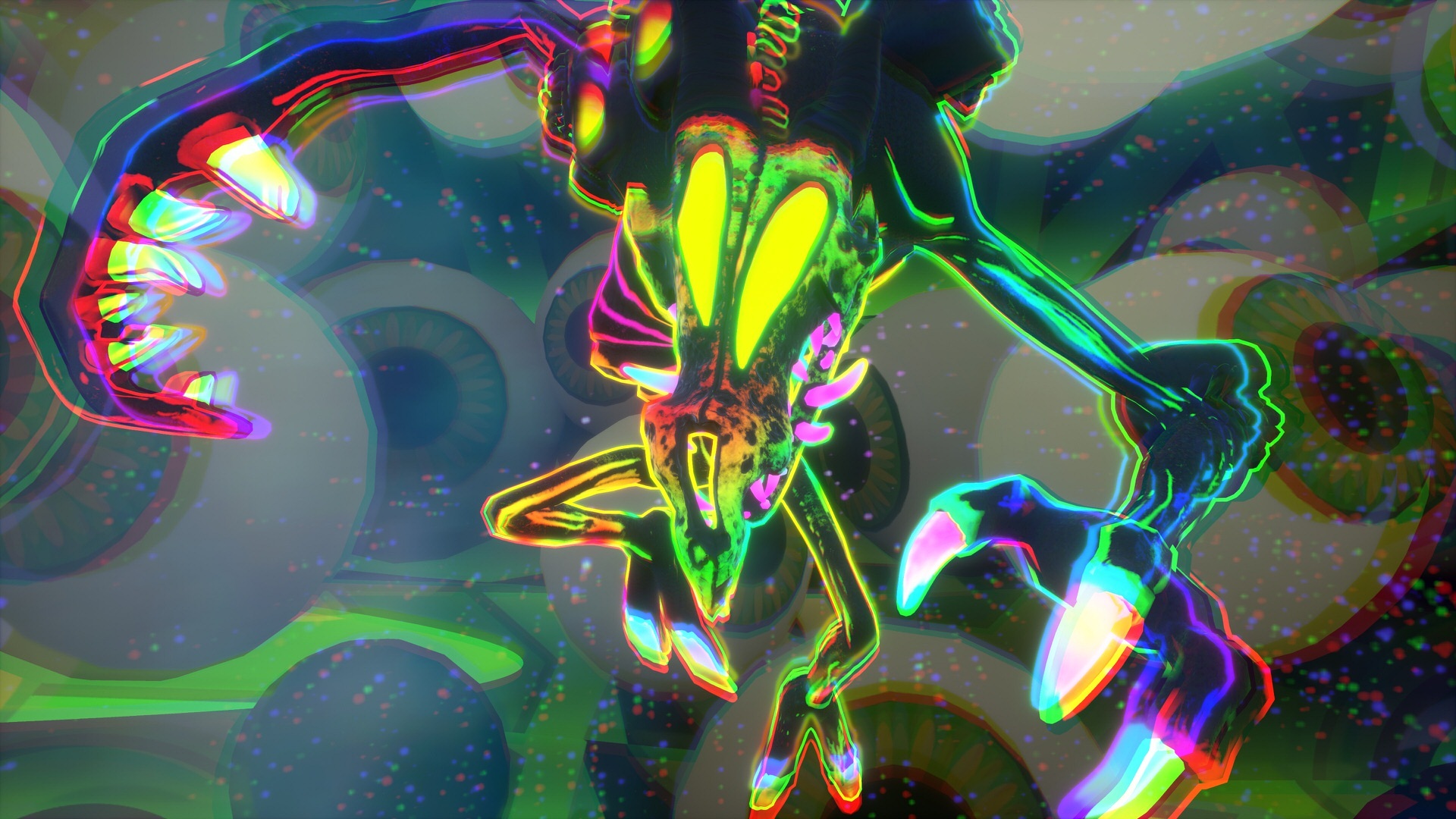Video games are a risky business, and at their highest tier, the ill-defined AAA game, it’s sink or swim for publishers and the like. Massive budget inflation over the past two decades has contributed to an ever-widening gap between indie and AAA titles. This trend has created obstacles for smaller or independent developers securing funding for their games. As the industry has shifted far away from traditional 3D platformers, games like the original Psychonauts (2005) have been long relegated behind countless other genres. Luckily for Tim Schafer and Double Fine Studios, a massive crowd-funding campaign followed by a purchase by Xbox created fertile soil to develop a sequel 16 years in the making: Psychonauts 2.
Known for its Burton-esque designs and humor, the Psychonauts franchise picks up right where its 2017 VR spin-off, Rhombus of Ruin, left off. Our protagonist, Rasputin “Raz” Aquato, is now the newest member of the titular group of psychic warriors. While not a full-blown agent yet, Raz must acclimate himself to a new social atmosphere that is very different than the summer camp from which he came. Raz is forced to earn the admiration of his new acquaintances, and even learns a valuable lesson about peer pressure along the way. The new teenage additions to the cast all come with unique personalities and traits, but the characterization and interactions with each member may not be quite as memorable as the game’s predecessor.
The real treat for players is exploring the minds of the founders of the Psychonauts, the Psychic Six, which makes up the majority of the gameplay. Raz has to bring the band back together, quite literally at one point, to ensure the safety of the world. Each mind has its own incredibly unique design that will guarantee players never feel deja-vu while trapezing through someone’s frontal lobe. The overworld varies depending on which chapter of the story you are in, and while it’s not quite as engaging to explore as the minds of the colorful cast, Double Fine sparced enough hidden gems and interactions across the world for players to enjoy. Furthermore, Raz’s existing psychic abilities are expanded on from previous games, providing him with many different solutions to the obstacles placed around him.

Abilities such as telekinesis, pyromancy, levitation, and others help Raz navigate through the shattered psyches assigned to him. Environmental puzzle solving combined with traditional platforming mechanics make exploration an absolute delight compared to other recent attempts at platformers, where the risks may outweigh the reward. While Raz’s encounters remain unpredictable, the physics of the game do not. Players can expect Raz to run and jump with accuracy 99% of the time. If a player is lined up with a swinging rope, their spatial reasoning is not put to the test as it is with platformers in older generations. The camera operation is intuitive as well, with the angle being fully in control of the player in the vein of most modern 3rd-person titles.
Not only does Raz’s collection of psychic tools help him through the levels, but they work just fine as weapons too. One of the most memorable aspects of Psychonauts 2 is the pure variety of the enemies. Each unit is based on some sort of psychological phenomena like Bad Moods, Regrets, Panic Attacks, Doubts, Enablers, and others. These bad boys each have their role to play in their attacks on our favorite psychonaut, and it’s critical the player familiarizes themselves with what ability works best for a certain group of enemies. With multiple different enemies attacking you from a variety of different angles, combat situations can turn tense very quickly if you’re not too careful, though the almost-too-forgiving respawning system does take some excitement and risk out of situations occasionally.

Throughout the game, Raz is given opportunities to upgrade and customize his psychic arsenal via leveling up and spending collectible currency. While the upgrade system does buff the psychonaut, few of the purchases change the combat significantly.
Visually, Psychonauts 2 looks phenomenal running on the Xbox Series X. The one-of-a-kind art style still allows the hardware to show off high-tech lighting and reflection techniques while bringing the cartoon-like world to life. The vibrant color palette makes every environment both memorable and striking. While on close examination some textures seem blurry, the average player will enjoy the clean and crisp design of the larger environment.

The worldbuilding Tim Schafer weaves through his latest title constructs a curious and engrossing setting that you can’t help but explore, but the standout stories aren’t from the world surrounding Raz, but rather in the minds he explores. Each major character whose mind you explore is written with a unique and sometimes uncomfortably relatable backstory. Raz’s inevitable psychological first-aid for his colleagues not only allows for some of the most unique level design in recent years, it also forces players to confront mental health issues in creative ways. The juxtaposition of fantastical and eccentric characters with real and human struggles catches the player off guard, and makes Psychonauts 2 stand out as a Game of the Year contender.
- Psychonauts 2 Review: Long Live the Platformer - August 31, 2021
- War For Relevance: Is Marvel’s Avengers at Its Endgame? - August 18, 2021
- 5 Things We Need in the Rumored GTA Remasters - August 15, 2021
Summary
While the heyday of 3D platformers is long gone, Double Fine proves that at its core, a AAA caliber platformer rich with puzzle-solving, unique and diverse level design, and varied combat still has a place on the market. The core mechanics are a natural progression of mid-2000’s action-platformers, but with a modern polish. Mechanically sound, the impact Psychonauts 2 has on the player does not stop at the gameplay, but extends to their view of psychological processes as well.
